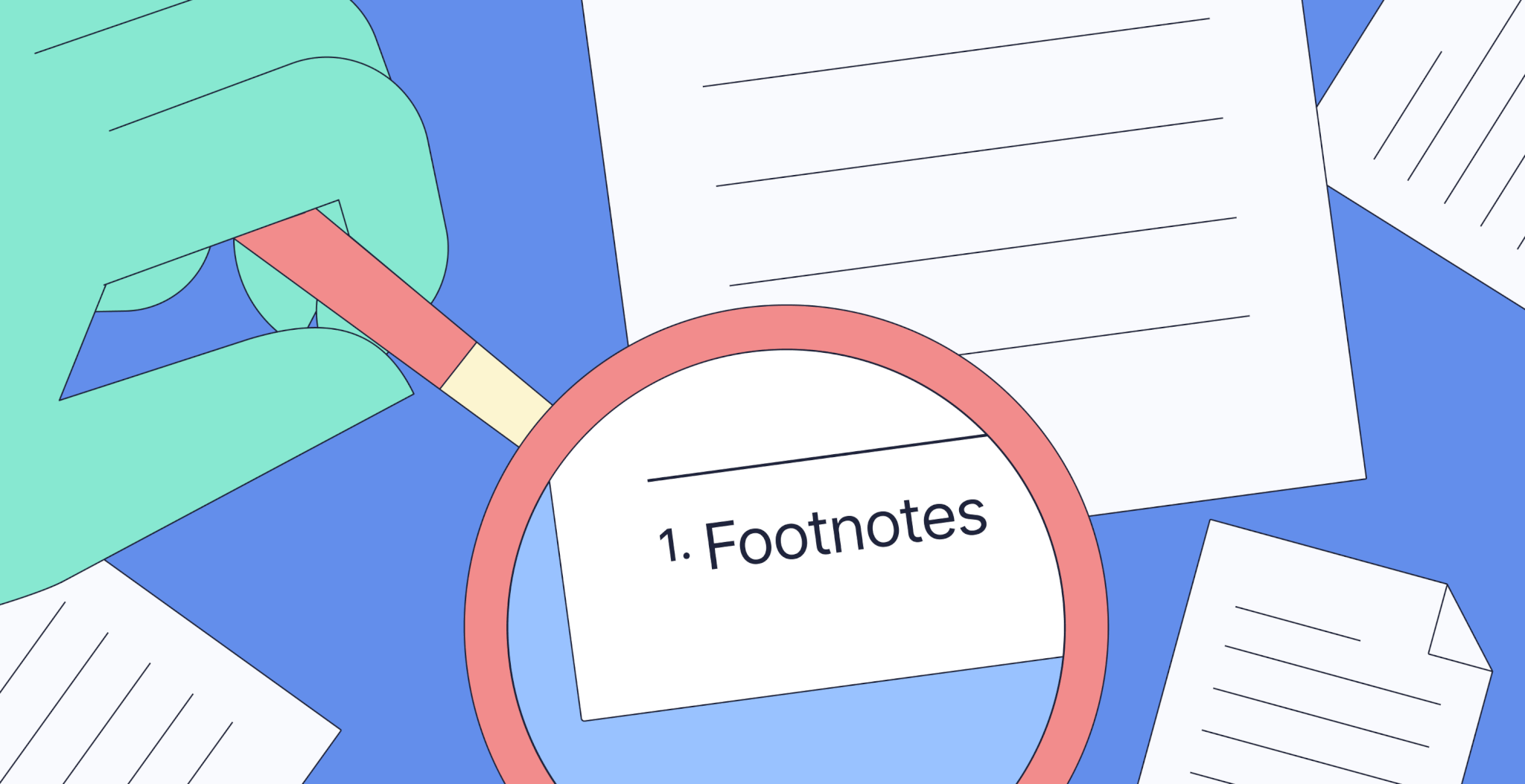A bibliography is a list of all the works that you have cited in your paper, as well as any other relevant materials that you used to develop the content of your paper, even if you did not cite them directly. Though the bibliography may contain a lot of the same information found in your footnotes, the bibliography puts everything together to show the entire breadth of your research and to identify sources for readers doing their own research.
A bibliography should follow these general rules and guidelines:
- A bibliography is located at the end of your paper.
- Title your page Bibliography.
- In a research paper, citations are single-spaced, with a double space between entries.
- The first line of a bibliography entry is left justified (flush left), and all subsequent lines are indented five spaces. This is called a "hanging indent."
- Titles of books and journals appear in italics. Article titles and titles of book chapters, essays, and short stories appear in "quotation marks."
- Page numbers are only given when the item is a part of a whole work, such as a chapter in a book or an article in a journal.
- Entries are arranged in alphabetical order by author's last name (unless your instructor provides different instructions.
- If there is no author/editor given, alphabetize using the next element in the citation - generally the title.
- List all authors, no matter how many (do not use et al. in a bibliography).
- If there are two or more works by the same author, arrange those citations alphabetically by name first, then by the title (excluding articles a, an, the, etc.). Type the author's name for the first entry but replace subsequent entries for that author with a long dash called a 3-em dash (looks like this: —).


